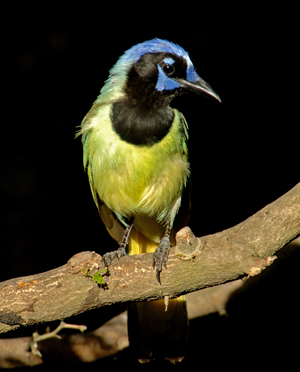
Early in our work we assessed the economic impacts of nature tourism in key LRGV sites such as Santa Ana NWR, Bentsen-Rio Grande State Park, and the Sabal Palms sanctuary near Brownsville. At that time (at least 15 years ago) we estimated an annual impact of $125 million from nature tourism in South Texas. A number of people were surprised by that figure, and questioned its accuracy. How could birders and other nature tourists contribute so much to that economy?
In recent months a study by Texas A&M has covered the same ground. This research comes after the implementation of much of the work listed above. Texas A&M now estimates that the impact is $300 million per year, almost three times our original estimate made prior to the community, state, and federal investments.
The communities there have been on board from the very beginning, and the results show the importance of their commitment and investments. Texas Parks and Wildlife has led the effort from the outset, and their investments (including two new state parks) have been invaluable. Congratulations to all involved in making South Texas a model for nature tourism development!